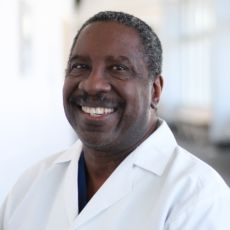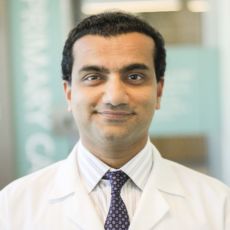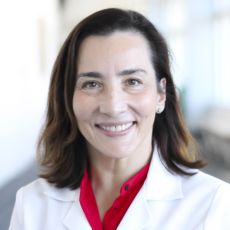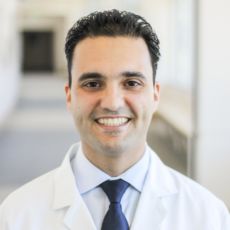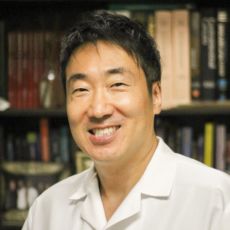Upper Endoscopy

Overview
Upper Endoscopy
An upper endoscopy, or Esophagogastroduodenoscopy (EGD), is a procedure that uses a thin scope with a light and camera to examine your upper digestive tract, consisting of the esophagus, stomach and the first part of the small intestines. This test is used to look for causes of problems in the esophagus, stomach, or duodenum.
Why do an Upper Endoscopy?
Some symptoms or conditions the test might be done to investigate include:
- Heartburn and Acid reflux
- Nausea and/or vomiting.
- Anemia
- Black or tarry stools
- Swallowing problems
- Stomach pain
- A feeling of unusual fullness
- A feeling that food is lodged behind your breast bone
- Blood in vomit
- Investigation and treatment of ulcers
- Investigation and treatment of tumors
Risks
Upper Endoscopy Potential Risks and Complications
An upper endoscopy is a very safe procedure. Your Saint John’s Physician Partners gastroenterologist will discuss the risks of an upper endoscopy with you so you can make an informed decision. Rare complications include:
Bleeding
Bleeding if the procedure involves removing a piece of tissue for biopsy, however bleeding typically stops on its own or can be controlled during the procedure.
Infection
Infection although the risk of infection is low.
Unintentional tear or perforation
An unintentional tear or perforation, although the risk is very low.
Prep
Preparing for a Upper Endoscopy
Your doctor will give you specific instructions to prepare for your endoscopy that may include:
- Stop drinking and eating 4 to 8 hours before the procedure to make sure your stomach is empty.
- Stop taking certain medications such as blood thinners.
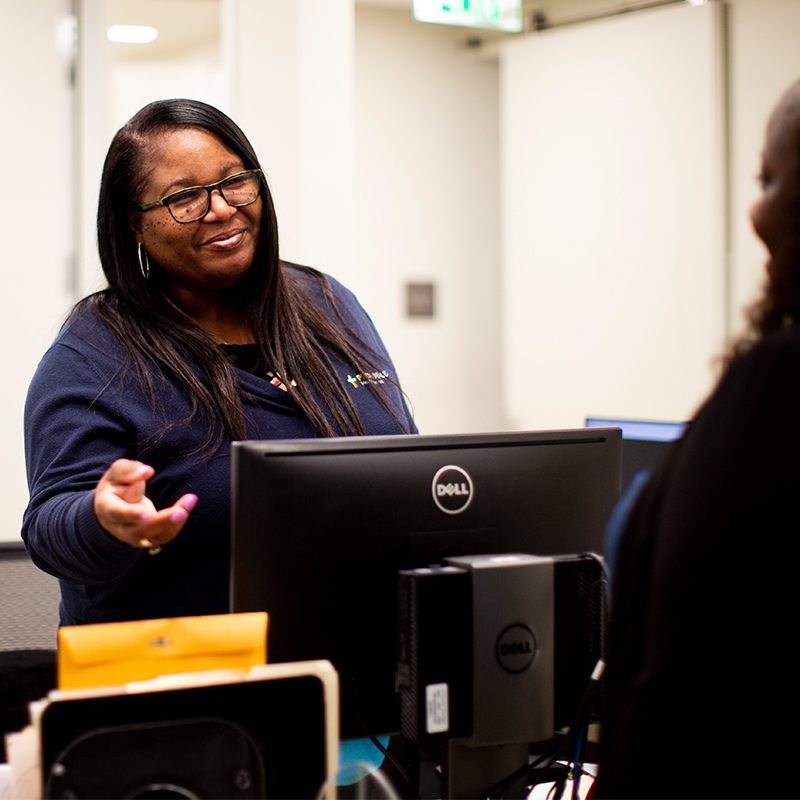
What to Expect
What to Expect During an Upper Endoscopy
During the Procedure
- The procedure may generally take between 15-30 minutes.
- Your breathing, blood pressure and heart rate will be monitored.
- You typically receive sedatives to keep your relaxed.
- Your doctor may spray anesthetic in your mouth.
- The endoscope is then inserted in your mouth and passed through your esophagus and into your stomach and small intestine. The endoscope does not interfere with your breathing.
- A tiny camera at the tip of the endoscope will transmit images to a video monitor to look for abnormalities.
- Your doctor will pass special surgical tools through the endoscope to collect tissue samples or remove a polyp if indicated.
- The endoscope will then slowly be retracted through your mouth.
After the Upper Endoscopy
When the procedure is completed, you’ll go to a recovery area so your healthcare team can monitor you as the sedative wears off. Some mild symptoms that typically wear of within a few hours may include mild bloating or cramping or a sore throat.
These signs and symptoms will improve with time and you should take it easy for the rest of the day. If you’re concerned or uncomfortable, call your doctor.
Your Doctor will give you specific guidance for follow-up after the procedure.
Specialists
